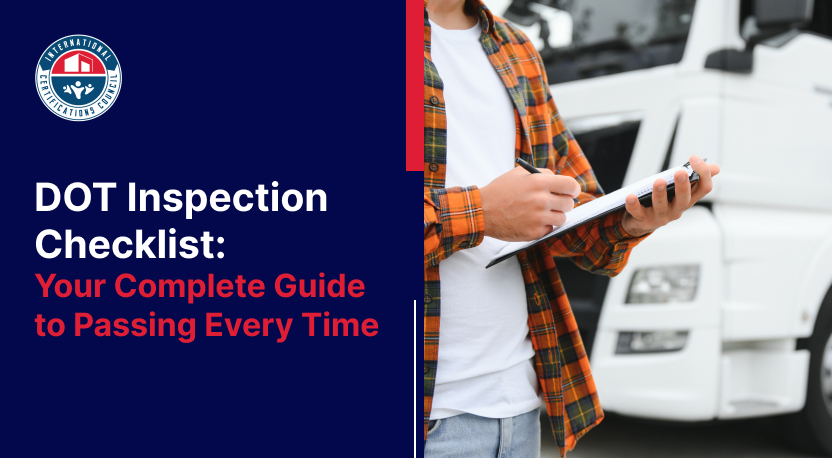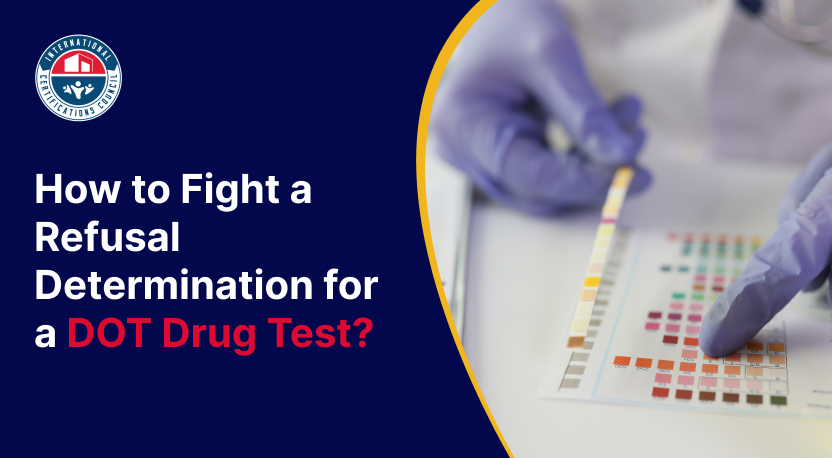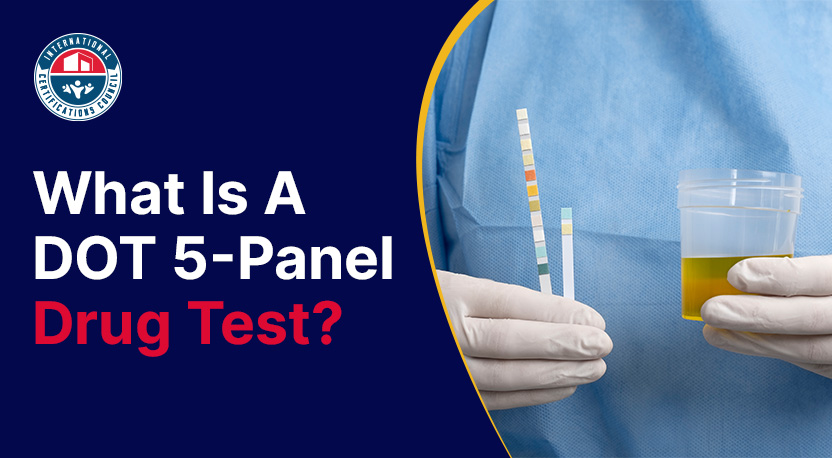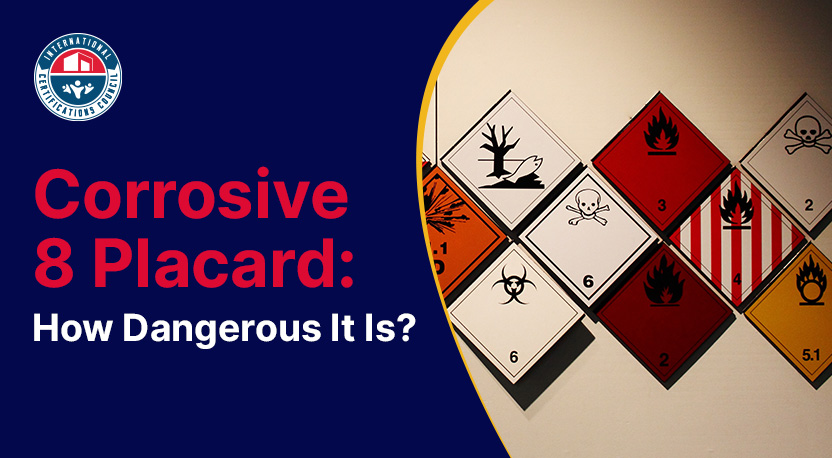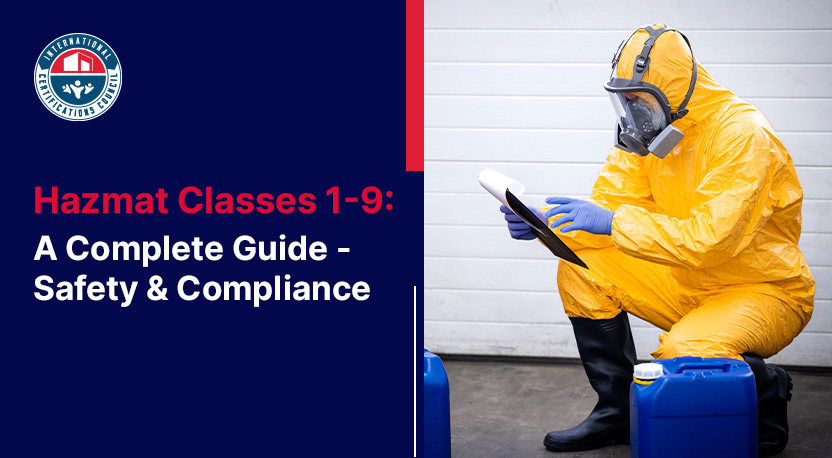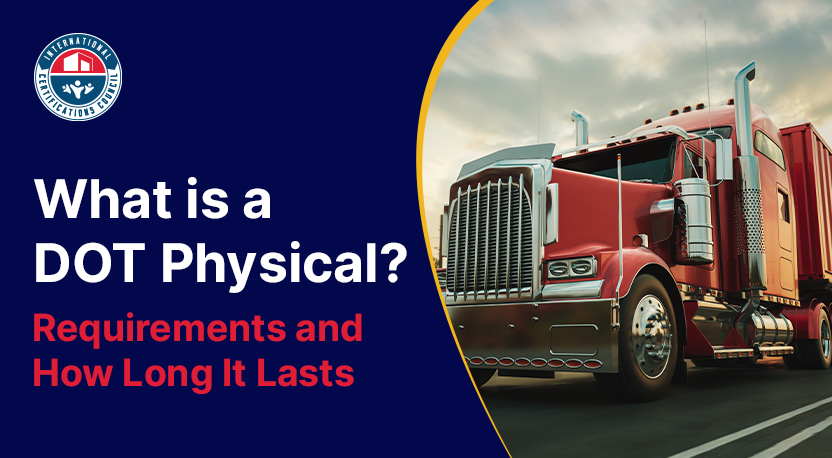Hazmat placards—those large diamond signs on tank cars, tank trailers, and bulk bins—are the public face of the DOT hazmat placards system.
They let inspectors, drivers, and first responders see the hazard class of a load at 60 mph, and they are required for the 1.2 million daily U.S. hazmat shipments that move by road, rail, air, and water, which together total about 1.6 billion tons a year.
This article gives logistics professionals a high-level tour of the rules in 49 CFR Subpart F, explains when and why hazmat placards must be used, reviews design specs, and highlights common violations and penalties.
What Are Hazmat Placards?
DOT placards are diamond-shaped, color-coded hazard signs that must be placed on each side and each end of a bulk package, freight container, transport vehicle, or rail car that contains regulated hazardous material.
They complement 4-inch labels on small packages but are much larger—at least 250 mm (9.84 in) on each side with a solid inner border, formerly 273 mm (10.8 in) under older rules.
The placard shows:
- a hazard class or division number (1 – 9) in the lower corner,
- a standardized symbol (flame, skull, trefoil, etc.), and
- a background color that matches the hazard family.
Because placards are on the vehicle itself, they warn everyone on the road—first responders, scale-house inspectors, and even motorists stuck in traffic—about the primary danger inside.
Regulatory Framework: 49 CFR Subpart F
| Key section | What it covers |
| § 172.500 | Who must placard (basically anyone offering or transporting hazmat) |
| § 172.502 | Prohibited & permissive placarding (no “look-alike” signs) |
| § 172.503 | Display of UN/NA ID numbers on placards |
| § 172.504 | General requirements & the famous Table 1 / Table 2 rules |
| § 172.519 | Design specs—size, color, durability |
| § 172.521 – 172.560 | Individual placard designs (Explosive 1.1, Flammable Gas, etc.) |
International shipments may substitute IMDG/ICAO placards as long as they meet § 172.519 color and durability standards
Design Fundamentals of DOT Placards
Size, Shape & Materials
- Minimum 250 mm (9.84 in) square-on-point diamond with a 12.5 mm inner border.
- Materials must withstand 30 days’ outdoor exposure without fading or peeling.
- Text such as “FLAMMABLE” is optional on most placards; only the Class 7 Radioactive and the DANGEROUS placard require text.
Color Codes & Symbols
Colors mirror the smaller package labels: red (flammable), green (non-flammable gas), yellow (oxidizer), half-red/half-yellow (organic peroxide), black-and-white (corrosive), and so on. Symbols are identical to label symbols, making the system visually consistent across package sizes.
ID Numbers
When a four-digit UN/NA ID number is printed on the placard, it must be displayed in figures at least 44 mm (1.75 in) high (§ 172.332) to be legible from 25 ft.
When Are DOT Placards Required?
DOT placards are required for hazardous materials transportation under the U.S. Department of Transportation (DOT) regulations outlined in 49 CFR Part 172 Subpart F. Below is a concise overview of when hazmat placards are required:
Bulk Shipments:
Placards are mandatory for bulk packagings with a capacity exceeding:
- 119 gallons (450 liters) for liquids.
- 882 pounds (400 kg) for solids.
- 1,000 pounds (454 kg) of water capacity for gases.
Examples include cargo tanks, portable tanks, and tank cars.
High-Risk Materials (Regardless of Quantity)
Placards are required for any quantity of certain high-hazard materials, including:
- Class 1.1, 1.2, 1.3 Explosives (e.g., dynamite, fireworks).
- Class 2.3 Poison Gases (e.g., chlorine).
- Class 6.1 Poison Inhalation Hazards (PIH) in Hazard Zone A.
- Class 7 Radioactive Materials requiring a Yellow-III label.
Select Agents or toxins regulated by the CDC.
Non-Bulk Shipments Exceeding Thresholds
For non-bulk packages, placards are required when the aggregate gross weight of hazardous materials exceeds 1,001 pounds (454 kg) in a single transport vehicle, unless the materials are high-risk as listed above.
Specific Exceptions
- Limited Quantities: Materials shipped in limited quantities (as defined in 49 CFR 173) may be exempt from placarding, provided they meet specific packaging and quantity limits.
- Small Arms Ammunition (Class 1.4S) and certain other low-risk materials may not require placards.
Dangerous Placard: For mixed loads of non-bulk packages from different hazard classes (each under 1,001 lbs.), a “Dangerous” placard can be used instead of individual class placards, if permitted.
Placement and Visibility
Placards must be displayed on all four sides of a vehicle, railcar, or freight container, measuring at least 9.84 inches (250 mm) per side, and must remain visible and durable throughout transport. Also, read “Hazmat Placards Training: Why It is Important for Safe Handling of Hazardous Materials”.
Why Hazmat Placards Matter?: Safety & Compliance
- Instant hazard communication. Placards give fire-fighters a visual code they can cross-reference with the Emergency Response Guidebook (ERG) within seconds.
- Legal shield. Vehicle-placard violations are among the most common hazmat infractions during FMCSA roadside inspections.
- Accident prevention. PHMSA data show thousands of hazmat releases each year; improper marking/placarding is regularly cited as a contributing factor.
Public reassurance. Placards tell the public that the carrier knows what’s on board and that responders are equipped to handle an emergency.
Common Violations & Penalties
| Violation (49 CFR) | Typical citation text | 2025 civil penalty exposure* |
| § 172.504(a) | Vehicle not placarded as required | Up to $102,348 per violation |
| § 172.502(a) | Prohibited or look-alike placard displayed | Same |
| § 172.516 | Placard obscured, dirty, faded | Same |
| § 172.519 | Wrong size, wrong color, non-durable | Same |
* Penalty levels are adjusted annually for inflation under 49 U.S.C. 5123.In 2023, FMCSA recorded over 4,600 roadside inspection violations—more than 12 a day—underscoring how easy it is to miss a placard rule and how often inspectors catch it.
Tips for Correct Placarding
- Match paperwork to placards. Cross-check the hazard class on the shipping paper (Column 3 of § 172.101) against the placard chart before the truck pulls away.
- Keep placards clean and flat. Inspect every stop; dirt or flap-hinge doors can hide a placard and earn you a citation (§ 172.516).
- Replace sun-faded signs. Color distortion beyond tolerance is non-compliant (§ 172.519 d).
- Use the right size holders. Placards must sit square-on-point; frames designed for 10.8-in boards will also accept the newer 250 mm size, but not smaller.
- Watch the 1,001-lb rule. Consolidating LTL freight can push you over the threshold mid-route. Recalculate totals every time you load.
Train drivers. DOT requires recurrent hazmat training at least every three years; untrained drivers who lose a placard in the wind often don’t notice until an inspector does.
Also, read “6 Tips for Proper Placement and Maintenance of Hazmat Placards”.
Difference Between Labels and Placards (Quick Reference)
| Feature | Package Label | Vehicle Placard |
| Size | 100 mm (≈4 in) square | 250 mm (9.84 in) diamond |
| Location | On the package | On each side & end of vehicle/bulk package |
| Purpose | Warns handlers of individual box | Warns the public and responders of the bulk load |
| Regs | § 172.400–407 | § 172.500–560 |
Labels follow the same color/symbol code but are often hidden inside a van; placards make the hazard visible outside.
The Business Case: Avoiding Delays and Fines
A missed placard can stop a vehicle at a roadside inspection bay, trigger a mandatory reload, and create cascading delays. Worse, an unplacarded load involved in a crash exposes your firm to civil penalties and tort claims. Considering that a wrong-placard violation can cost five-figure fines plus downtime, investing in proper placard inventory and training is inexpensive insurance.
Conclusion – Next Steps for Deeper Expertise
Hazmat placards are a vital component of the safety system for transporting hazardous materials, providing a clear and standardized method to communicate risks.
By adhering to DOT regulations outlined in 49 CFR Part 172, shippers and carriers can protect workers, responders, and the public while ensuring compliance and efficiency.
This guide offers a basic introduction to the types, regulations, and importance of DOT hazmat placards, supported by statistics that highlight the scale and risks of hazmat transportation. To stay fully informed and compliant, check the official FMCSA guidelines or get certified through ICCouncil’s specialized training courses.

